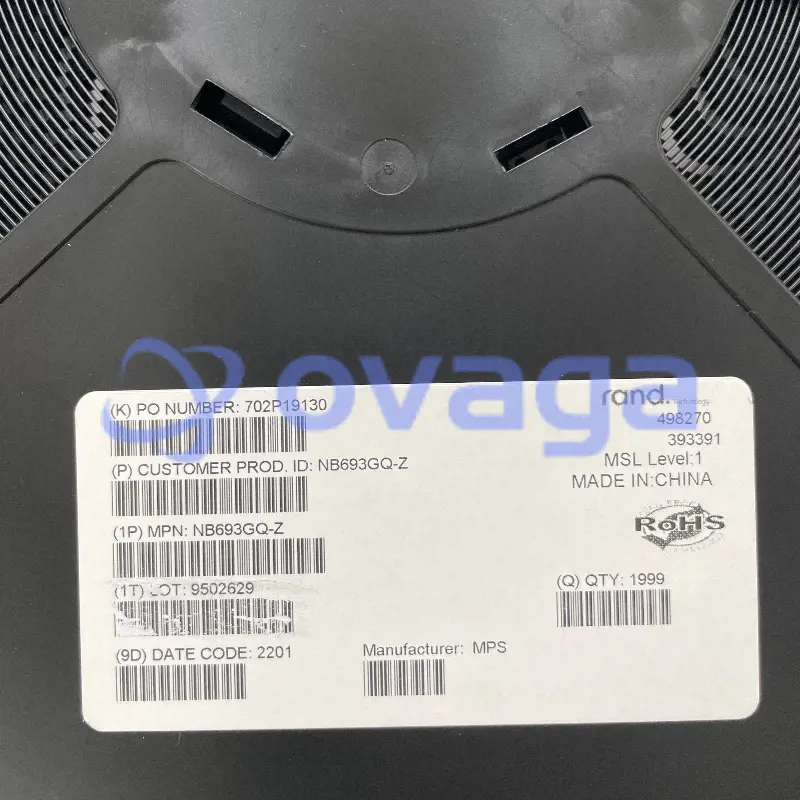70W+ Wireless Charging Solution with ST Proprietary Protocol
Update Time: Apr 11, 2023 Readership: 2895
Contents
In recent years, wireless charging technology has gained rapid popularity, just like WiFi did back then. With the development of technology, the wireless charging output power has also been greatly improved, the application cost has been reduced, and the application field has been broadened.
Wireless charging technology is no longer limited to consumer electronics applications but has different penetration in medical, industrial manufacturing and other fields.
ST brings a new generation of 70W+ wireless charging solutions to the industry's Power & Energy Forum. It is one of the key members of the Wireless Charging Consortium (WPC) with its industry-first innovative wireless charging solutions and unique BCD process. ST is also a major supplier of receiver and transmitter chips for wireless charging devices. ST's new wireless charging chips support ST's proprietary STSC protocol, which enables wireless power transmission of up to 100W+.
ST's 2.5W wireless charging solution is only the size of a dollar coin. It is used in wearable devices and medical electronics, where the size of wireless charging devices is more stringent.
The 5W to 30W wireless charging solutions are mainly used in smartphones and wearable devices.
50W to 70W wireless charging solutions, mainly used in wireless fast charging of smartphones and power tools.
ST 100W+ Wireless Charging Transmitter
ST's 70W+ wireless charging solution uses a 100W+ wireless charging transmitter at the output.
The 100W transmitter uses the STL20N6F7 and STL50N6F7 as the upper and lower tubes of the switching power supply. STSAFE-A110 is used as the protocol chip, which is Qi V1.3 EPP certified and can achieve a power output of 15W when switching to the charging mode of Qi protocol.
To achieve higher power output, ST has added the proprietary STSC protocol to the solution, which provides 100W+ power output. Due to the high output power of this solution, the bridge voltage reaches 38V, so ST uses the STWBC2-HP with an on-chip integrated 40V bridge driver as the master chip to drive the 38 bridge voltage. The STWBC2-HP also integrates a Cortex-M0 core for fast computing PID loop proprietary algorithms to improve conversion efficiency.
Since the transmitter principle of the wireless charging device is similar to that of an induction cooker, to reduce safety risks, ST has incorporated a high-precision FOD (Foreign Object Detection) function in the solution, which will immediately terminate the wireless charging behaviour when the wireless charging transmitter senses a metal object on the coil, even if the communication of the charging protocol has been completed, to ensure the safety of wireless charging. Also, to improve the safety and stability of the transmitter system, the solution integrates protection mechanisms such as over-temperature protection, over-current protection, and over-voltage protection.
ST 70W+ Wireless Charging Receiver
ST's 70W+ wireless charging solution uses a 70W+ wireless receiver at the receiver end.
The receiver side of the solution uses the STWLC98 as the receiver chip. The STWLC98 has a built-in 32-bit Cortex-M3 microcontroller, which is Qi V1.3 EPP certified and can complete Qi protocol verification for both the transmitter and receiver sides without an additional protocol chip, further simplifying the PCB layout and reducing the size of the product.
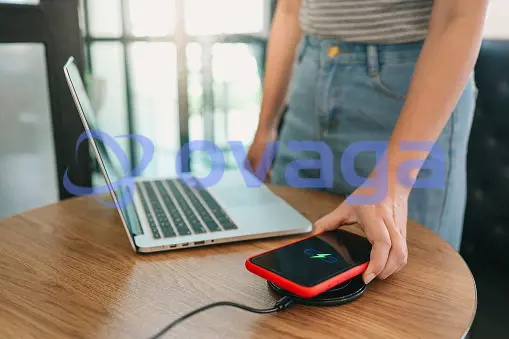
The STWLC98 also supports STSC's proprietary fast charging protocol and can achieve 70W+ transmission power when used with the STWBC2-HP-based transmitter. STWLC98, like STWBC2-HP, has a FOD (Foreign Object Detection) function that detects the presence of metallic objects between the two during end-to-end communication.
The STWLC98JR has an on-chip integrated power management function, which increases the power conversion efficiency from the transmitter to the receiver to 90%, thus reducing the loss of transmitted power and minimizing standby power consumption.
On the demo board, ST has added an OLED display and three-parameter configuration buttons to configure parameters and adjust output voltages by pushing buttons without the need for other external devices, and real-time current, voltage, and waveform parameters can be displayed on the screen, simplifying the work of engineers in circuit evaluation and circuit debugging.
To enhance the user experience, ST has integrated a unique ARC mode for STWLC98. ARC mode can enhance the transmission distance of electric energy in the X, Y and Z axes without changing the hardware layout and coils and improve the sensing range of the transmitter and receiver. According to ST officials, ARC mode can enhance the transmission distance of ping-up by 50% in all directions. ARC mode is most advantageous when charging devices with smaller coils, such as wireless headphones and smartwatches, because devices with smaller coils have stricter requirements for charging placement, and the addition of ARC mode allows powered devices to be placed more freely.
It is worth mentioning that the receiver of this wireless charging solution, after mode switching, can also be used as a transmitter, supporting Qi protocol, with a maximum reverse output power of 15W, which can be used for emergency energy replenishment for other devices lacking power.
Final Words
With this combination of collocation and ST's proprietary fast charging protocol, the power of wireless charging is greatly increased. Including foreign object detection guarantees the safety of the charging device when wirelessly charging. At the same time, the wireless charging solution is highly expandable, and according to ST officials, the solution is not limited to cell phone and computer applications. Still, it can also be used in medical applications such as medical monitors and drug syringe pumps.
Popular Blogs
-
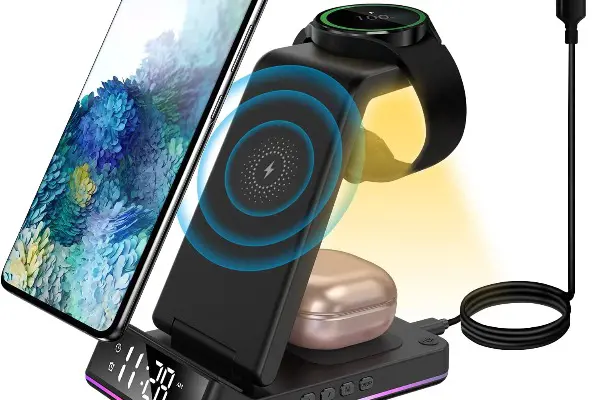
How Does the Bytech ...
Wireless charging has gained significant popular...
-
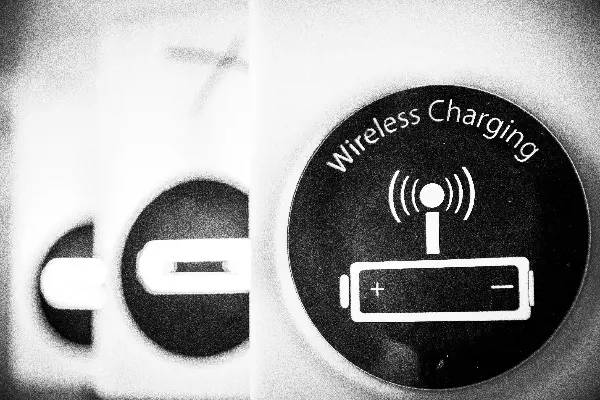
The Difference Betwe...
With the gradual rise of wireless charging techn...
-
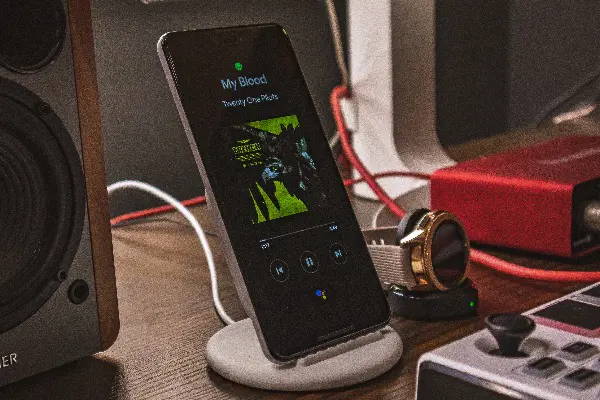
Does Wireless Chargi...
Wireless charging technology originates from wir...
-
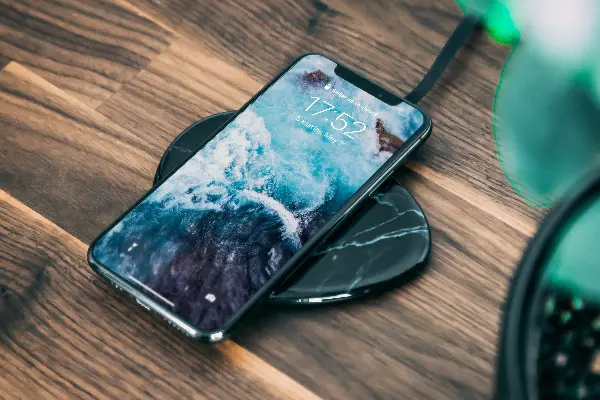
What is Wireless Cha...
As the name suggests, wireless charging allows d...




